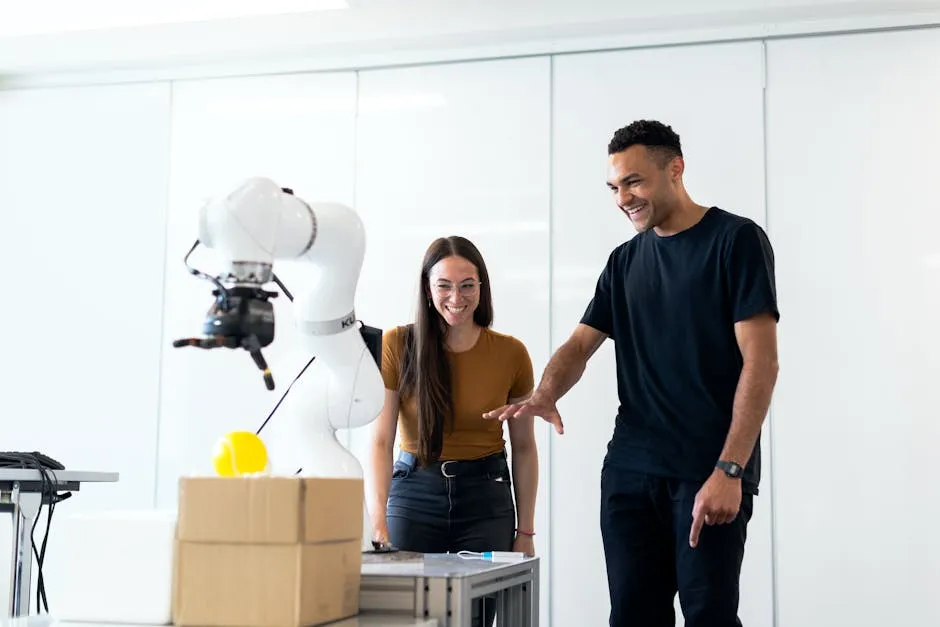Understanding the Risks of AI-Generated ‘Workslop’ in the Workplace
In today’s fast-paced work environment, the integration of artificial intelligence (AI) into daily tasks has become increasingly common. While AI tools can enhance productivity and streamline processes, a new term has emerged to highlight the potential pitfalls of relying too heavily on these technologies: “workslop.” Coined by researchers at BetterUp Labs in collaboration with the Stanford Social Media Lab, this term refers to the low-quality, AI-generated content that can flood workplaces when employees lean too much on automated systems.
What is ‘Workslop’?
‘Workslop’ describes subpar work produced by AI systems, which often lacks the nuance, critical thinking, and creativity that human input provides. As businesses look for ways to save time and resources, some employees may resort to using AI tools to generate reports, emails, or even marketing content without adequately reviewing or editing the output. This practice can lead to a proliferation of low-quality work that fails to meet the standards expected in professional settings.
The Implications of Relying on AI
The increasing trend of using AI-generated content raises significant concerns for organizations. Here are a few implications that businesses should consider:
- Quality Control: With AI tools generating content, there is a risk of lower quality output. The nuances of human communication, such as tone and context, may be lost, leading to misunderstandings or misinterpretations.
- Creativity Drain: Over-reliance on AI can stifle creativity among employees. When individuals lean on machines for ideas and solutions, they may miss opportunities to innovate and think critically.
- Brand Reputation: Inconsistent or poorly constructed communications can harm a company’s reputation. If clients or customers encounter workslop, it may reflect negatively on the entire organization.
- Employee Skill Degradation: As employees become more reliant on AI for basic tasks, there is a risk that their own skills may stagnate or decline. This could lead to a workforce that is less capable of handling complex challenges without technological assistance.
Strategies to Combat Workslop
To mitigate the risks associated with workslop, organizations can implement several strategies:
- Training and Education: Provide employees with training on how to effectively use AI tools. This includes understanding their limitations and knowing when human judgment is essential.
- Encouraging Critical Thinking: Foster a culture that values critical analysis and creativity. Encourage employees to review and refine AI-generated content before it is shared or published.
- Establishing Standards: Develop clear guidelines on what constitutes acceptable use of AI tools within the organization. This includes setting quality benchmarks for AI-generated content.
- Combining Human and AI Efforts: Promote a collaborative approach where AI assists employees rather than replacing them. This enables humans to leverage AI’s strengths while still contributing their unique insights and creativity.
Conclusion
As AI continues to shape the future of work, understanding the potential drawbacks, such as workslop, is vital for organizations aiming to maintain high standards of quality and creativity. By taking proactive steps to educate employees and establish clear guidelines, businesses can harness the power of AI while minimizing its negative impact on productivity and output quality. In this evolving landscape, balancing technology with human expertise will be key to thriving in the modern workplace.
